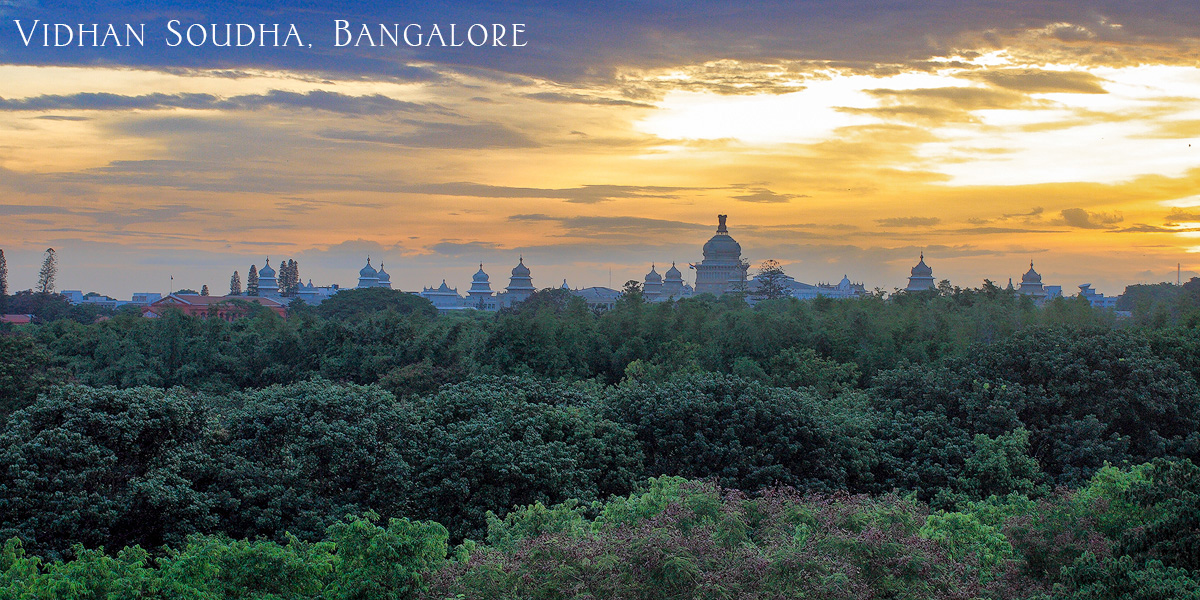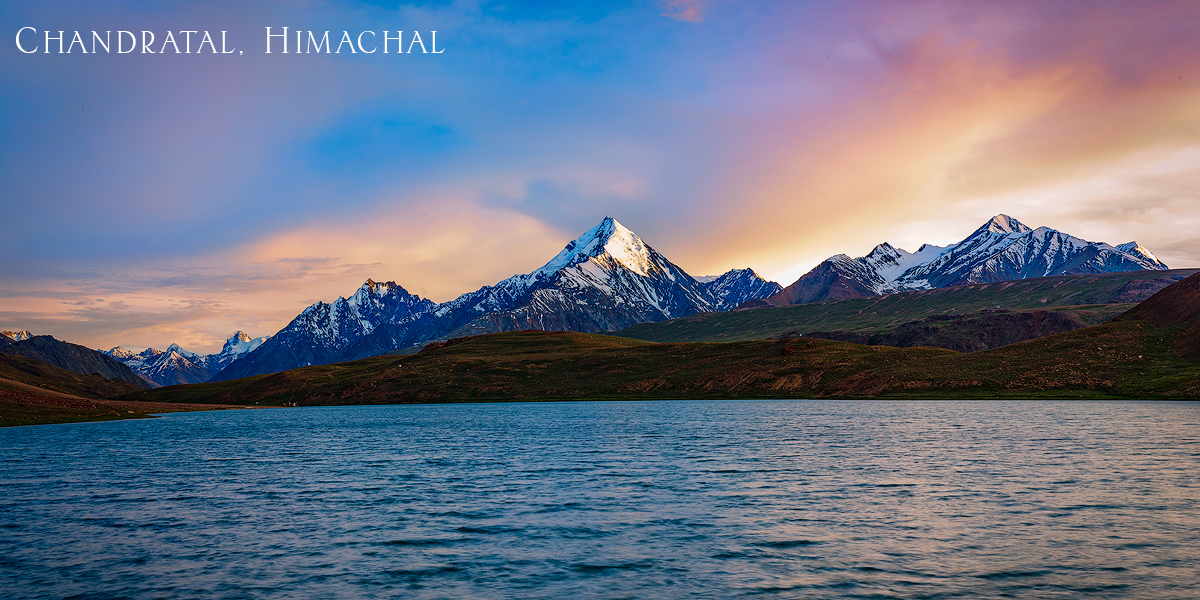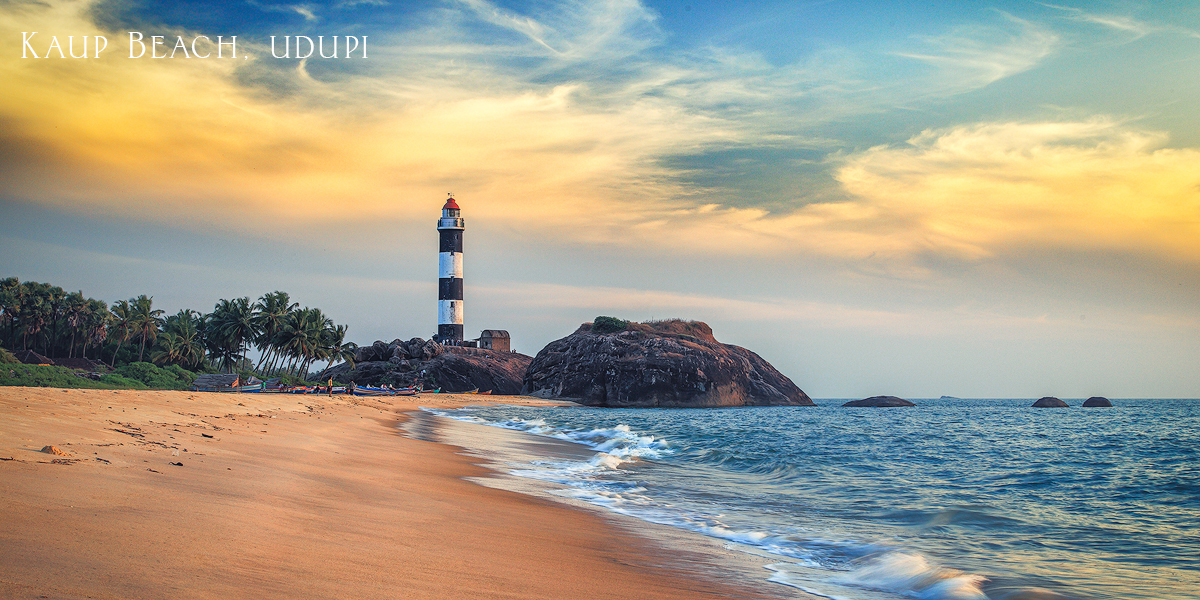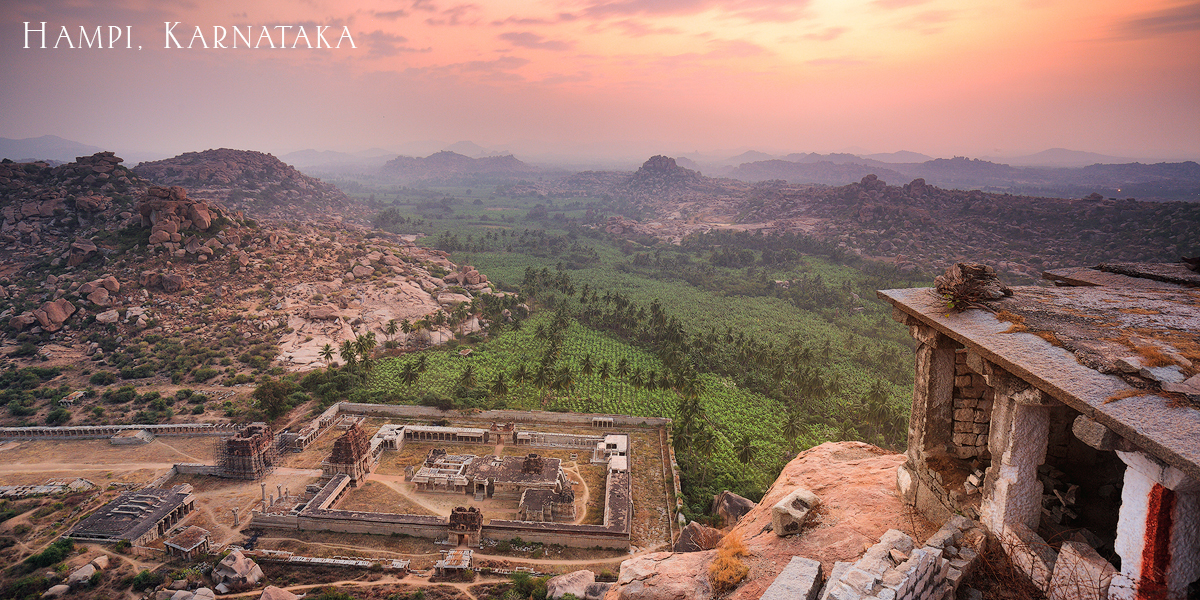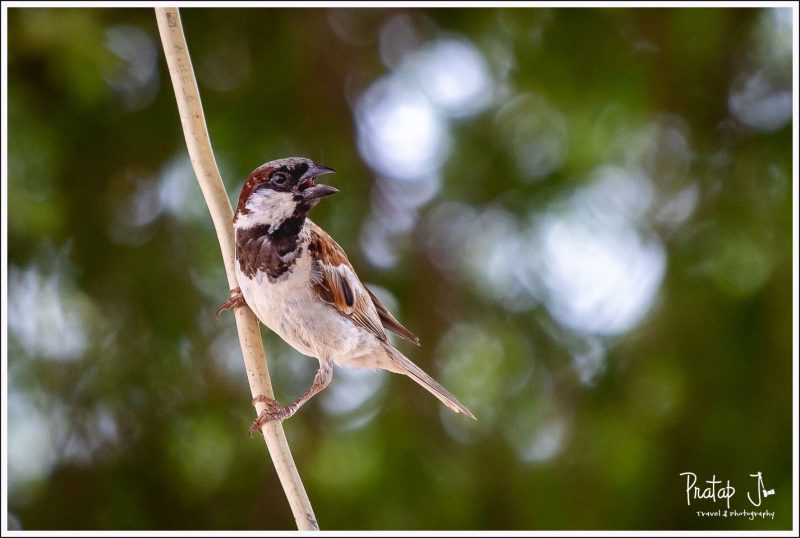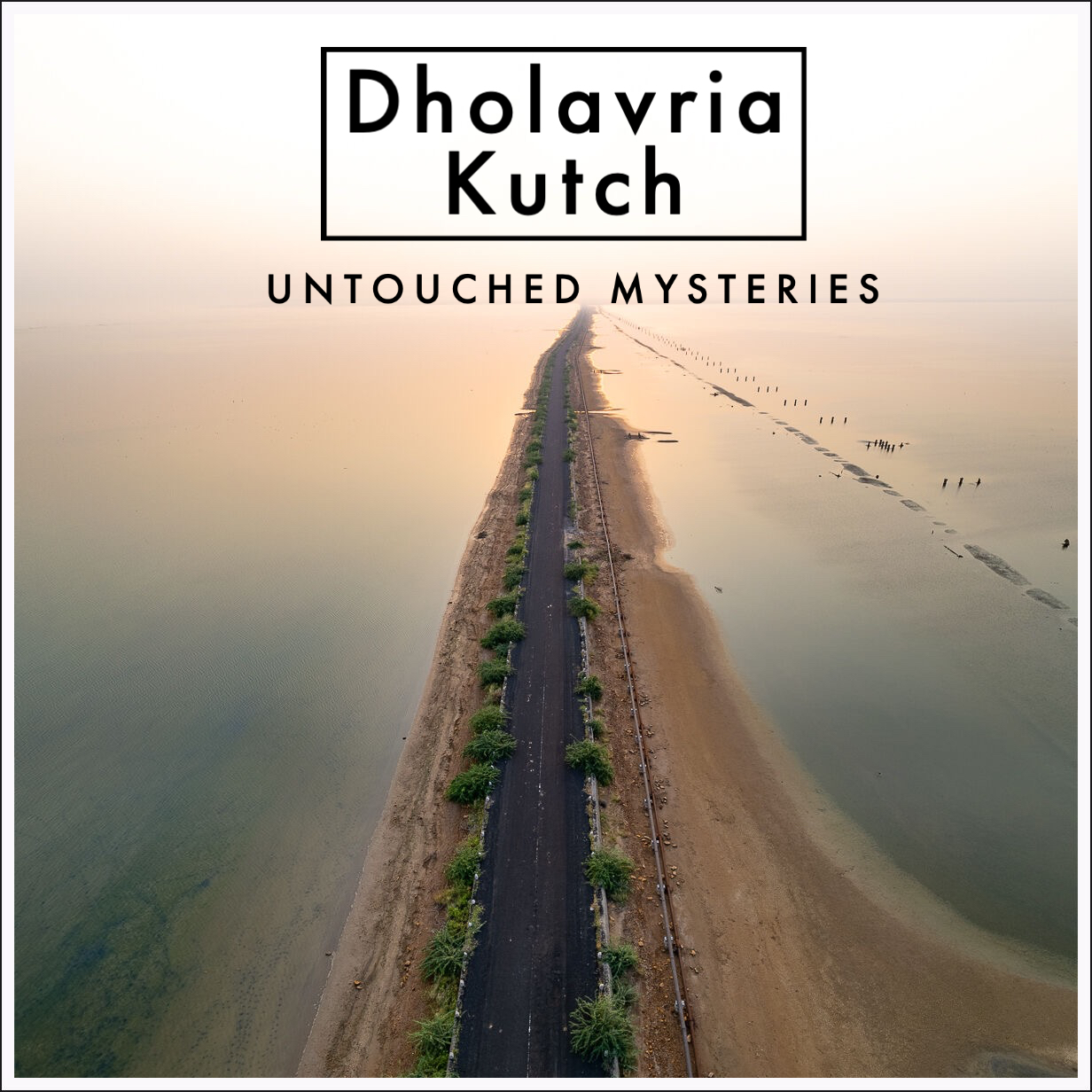
I visited the island of Khadir Bet in Gujarat in September 2022. The ancient ruins of the Harappan Civilization is situated in Dholavira, a village to the west of the island. This is a UNESCO World Heritage Site. The ruins at Dholavira were excavated between 1990 to 2005.
Khadir Bet is connected to the mainland by a strip of road which is surrounded by the Rann of Kutch lake on either side. For most part of the year, this lake is dry and reveals the salt bed. The purpose of my trip to this remote area, which is only 50 km from the Indo-Pakistan border, was to witness and capture the full moon over the white Rann.
When planning for this trip, I couldn’t find a lot of information online about Khadir Bet. But sometimes, traveling to a location which isn’t very popular throws up pleasant surprises. This is exactly what happened on our trip.
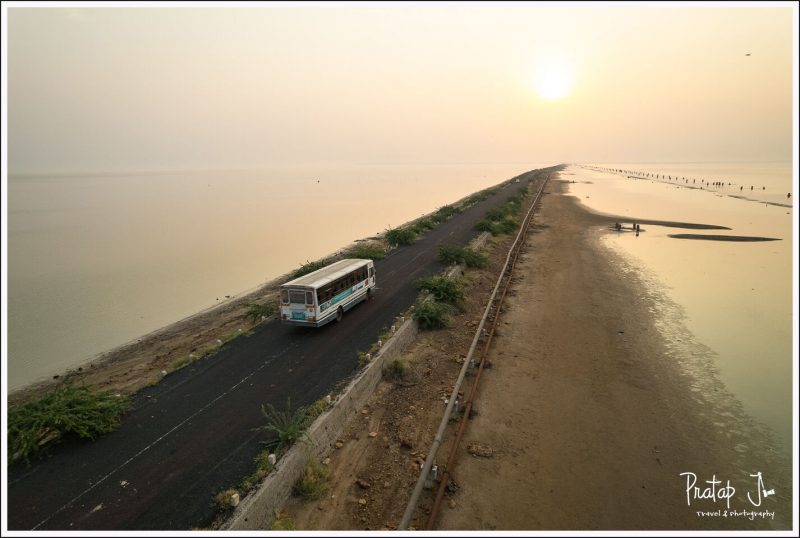
Reaching Khadir Bet
Khadir Bet (Bet means island) has an area of about 313 Sq. Km and is disconnected from the rest of the Kutch region. There is only one main 40 km road which runs west to east, across the island. Although it is not far from Bhuj, which is the main town in Kutch, access to the island is from its eastern end. The access from the western end, which is closer to Bhuj, is still under construction. My friends and I took a flight to Mumbai from Bangalore, and then an overnight train to a station called Samakhiali. The train departed from Bandra Railway Terminus, which is close to the airport in Mumbai. The destination was Bhuj, but because the road from Bhuj to Khadir Bet is not yet ready, we alighted at Samakhiali from where our resort was 100 km away.
Samakhiali is a small railway station and our host, Max Ahir, came in his Maruti Swift to receive us at 6 am. Our luggage wouldn’t fit in his car, so we hired another vehicle from the railway station to Rapar – the biggest town near Khadir Bet. We paid 1200 for this journey. From Rapar, we took another vehicle to Khadir Bet for a similar amount. The taxi driver from Samakhiali did not want to take us to the island because then he would have to return without passengers. Khadir Bet is that remote 🙂 The drive was through an arid landscape with the invasive Mesquite (Prosopis juliflora) shrub on either side of the highway. This plant was introduced by the British in 1877 but remains an eyesore till date. Traffic was light, and the presence of buffaloes, cows, camels and sheep indicated that we were in the land of cattle herding.
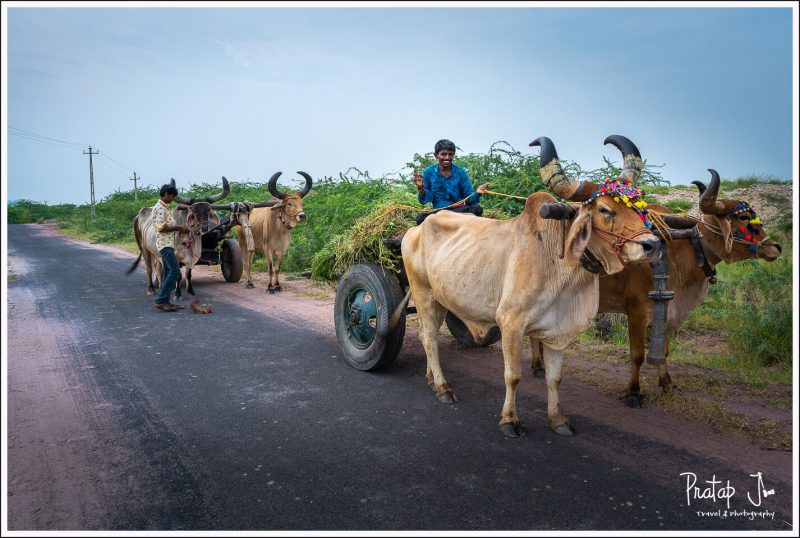
It was 10 am when we reached our resort. There were three beautiful and tidy cottages, built only a year ago. The charges were 3000 per cottage, breakfast and dinner included. Lunch was 150/- per person. We were soon to discover that for this price, the food at the hospitality was simply outstanding. All meals were prepared fresh and in-house by Max’s extended family. The ladies who cooked for us fed us unlimited, organic, and tasty Gujarati food made from locally available supplies. This was my first time tasting many of of the traditional dishes, and being a vegetarian, I simply loved it!
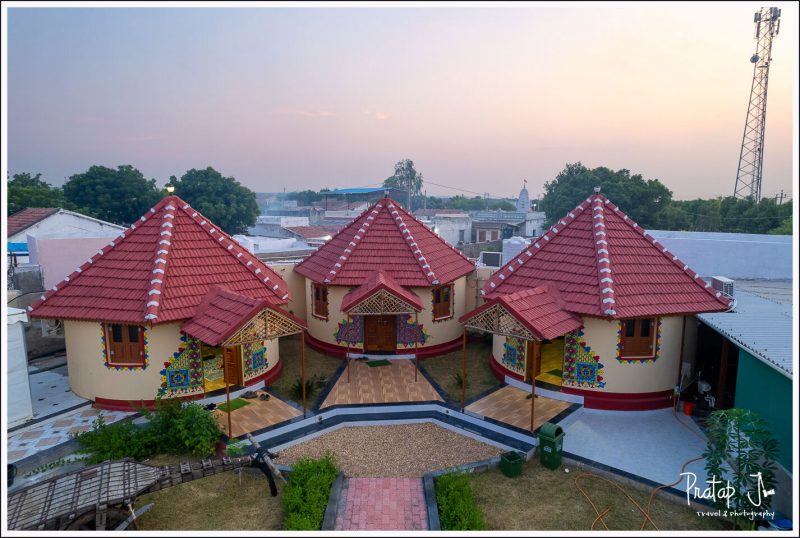
Things to See and Do in Khadir Bet
In today’s times, the purpose of travel has largely been reduced to selfie-taking. So, it is difficult to prescribe what can be seen and done in Khadir Bet. When visiting this place, one must be ready to mentally interpret what the eyes see through the historical and geographical significance of this land. Unlike the ruins at a place like Hampi, or the beautiful temples of Belur/Halebid in South India, there aren’t structures to see at Dholavira. Nevertheless, it was one of the most important trade hubs of the Indus-Sarswati civilisation. The Indus Valley Civilisation, or IVC, covered vast parts of North-Western India, Sindh (in Pakistan), parts of Afghanistan and Iran about 7000 years ago.
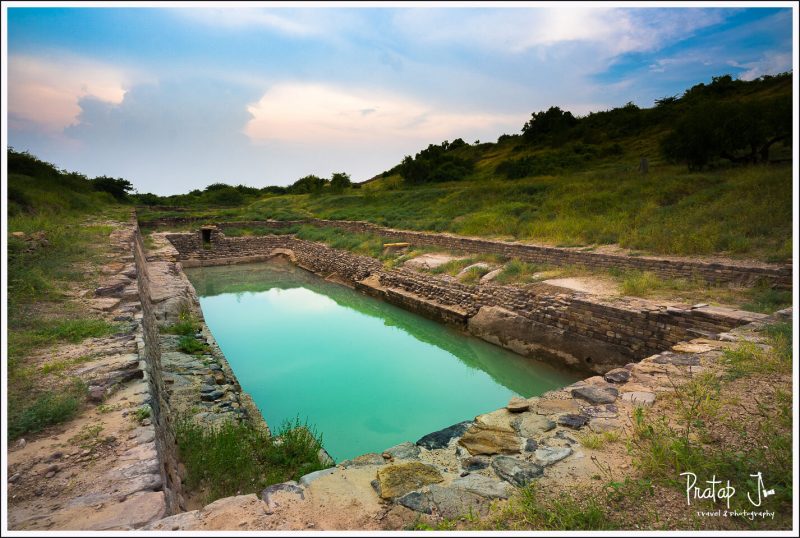
I did some reading up about this before my trip to try and understand history better. We were taught some of it in school, but not in a way which made us feel intrigued. I was hoping to appreciate the ruins at Dholavira better, with my newfound knowledge. Unfortunately, when we reached Dholavira, we couldn’t get a local guide. The ASI signboards didn’t tell us the full story of the great civilisation which thrived there 5000 years ago, either. It was extremely hot and humid so it was difficult to stay outdoors for long.
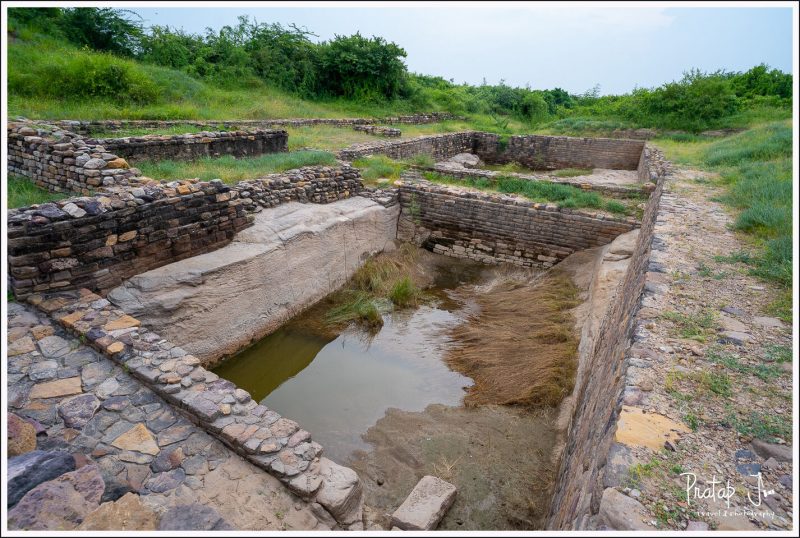
But I did some more study after returning to Bangalore, and realised that even archeologists are merely speculating on how these civilisations rose and fell. There are conflicting theories about whether the people from the Harappan Civilization were Aryans, or Dravidians. Their language hasn’t yet been decoded. There are more questions than answers. So, an open mind is recommended when visiting this place.
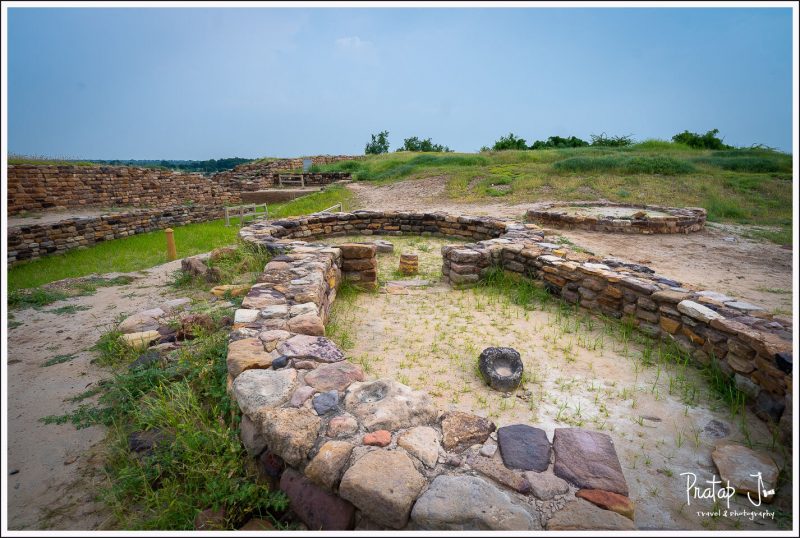
The operative word when describing Dholavira is ‘planned.’ 5000 years ago, human beings like you and me, were able to plan out an entire city. Such things cannot be said about the times we live in, which is unfortunate. By planning their cities, they managed natural resources like water, built toilets with drainage systems, stored food in granaries, and keep time using a solar clock. They even indulged in public bathing in a location where water is scarce. So, the people of the Indus Valley Civilization did not live like barbarians which was fashionable in other parts of the world at that time. They were an advanced society, who moved away from a nomadic lifestyle, and had time for sophisticated activities such as seal, bead, toy making and pottery. They practiced trade with far away lands (Egypt and Sumer), for which they used weights and measurements. The museum at Dholavira has proof of all this. The ancient people were also like us in many ways – they wore jewellery, their kids played with toys, and they gave their dead a place to rest. You cannot directly witness any of this at Dholavira, because all you have are the flat ruins of a once grand metropolis. But you can definitely infer how intelligent and advanced the ancient people were, based on the what was discovered. All this makes me wonder in which direction we have evolved, looking at modern society today.
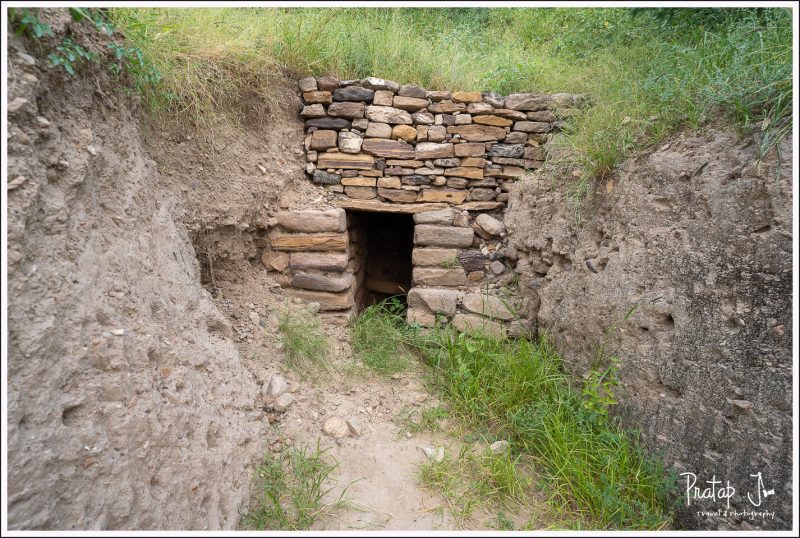
Apart from Dholavira, Khadir Bet has offerings for the nature lover. Flamingos can be found in plenty. Other birds, such as painted storks, larks, red-vented bulbuls, hoopes, lapwings etc are found in abundance. We saw a lot of flamingos on the strip of road connecting mainland with the island. There was also a place marked as Flamingo Lake close to Dholavira, on the map. We visited that location one evening, only to be disappointed with both the landscape, and the scarcity of flamingos there. A nearby location the map indicated that there was a Full Moon Viewpoint. But a local told us that the mud road to that place wasn’t great, so we skipped it.
The island also has places with spectacular views. The northern part of the island is a ridge, and Chippar Point is the most popular viewpoint. But an even more stunning location called Bokkado Ghat exists, and it can only be accessed by a four wheel drive/tractor. This location has a temple which is frequented by local pilgrims. Near Bokaddo Ghat are a set of musical rocks. We visited this place and tested them, and were astonished at how someone discovered that only a small set of rocks on the sharp edge of a gorge produced musical notes.
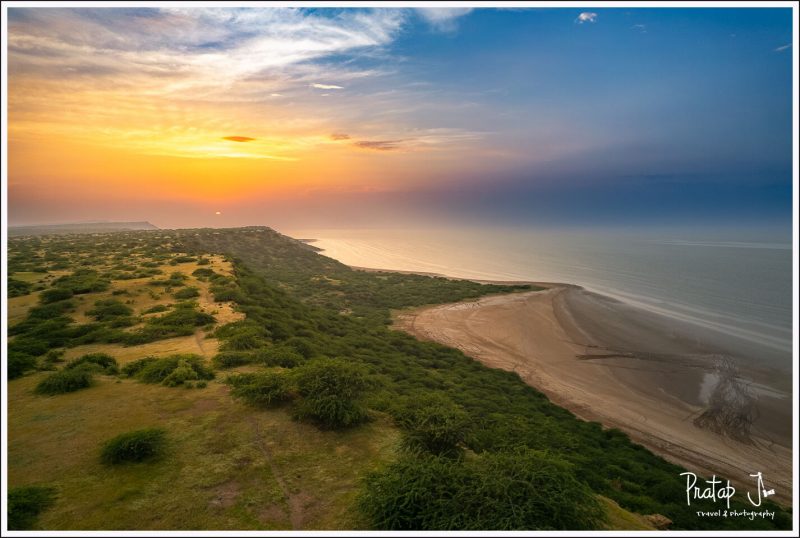
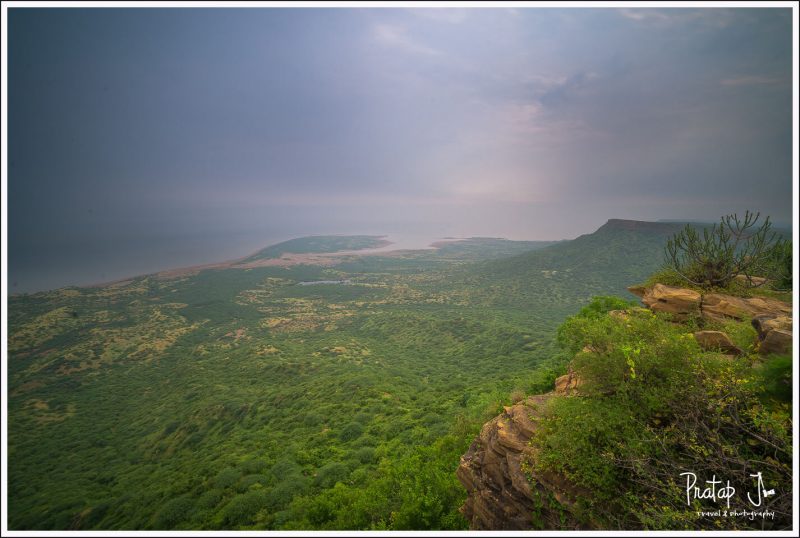

Apart from these viewpoints, there is also the Fossil Park and Sunset Point which is nearby. There aren’t any natural fossils at the park, but tableaus of pre-historic creatures which are believed to have lived on the island. The landscape in the Fossil Park is very interesting and beautiful. It is at an elevation and one has a nice view of Rann of Kutch lake surrounding the island. Fossil Park and Sunset Point are at the western most part of the island. Banjano Hills is on a small piece of land away from the island, and was inaccessible when we went because of the water surrounding it. A temple which was once on Banjano Hills has now been moved to the Sunset Point, because people visiting the hills would lose their way on the White Rann. The BSF personnel in a camp at that location also maintain a small temple there.
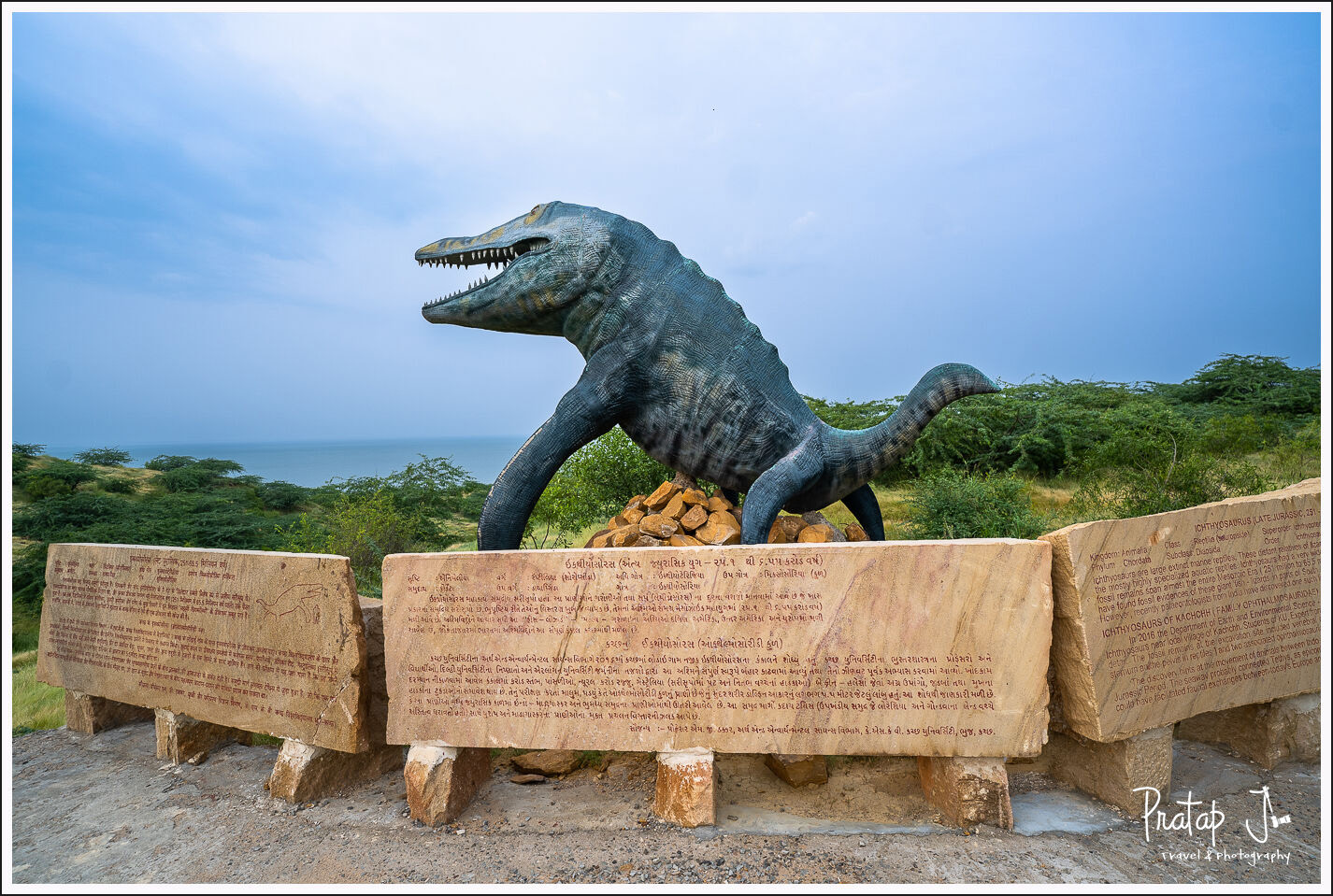
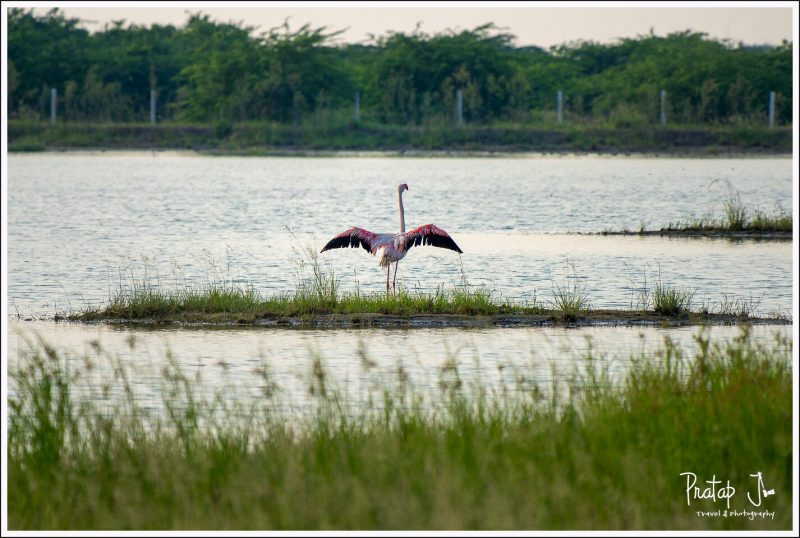
Note that there is no public transport in Khadir Bet. It is best to have a car or taxi at your disposal.
The best time to visit Khadir Bet
Winter is definitely the best time to visit any place in the Rann of Kutch. Not only is the heat bearable during winter, the Rann of Kutch also turns white then, because the water would have receded or evaporated. In the month of September, the Rann of Kutch lake was full of water and we could not see the salt bed. But, we got to see greenery all over the island – a rare sight for this area which lies in the Tropic of Cancer which means harsh summers and very little natural water. Unfortunately for us, the sky turned cloudy on the evening of the full moon, so we couldn’t capture what we wanted to. But Mother Nature did not disappoint us, and gave us a grand display of lightning in the sky. We were able to witness and capture this at the unfinished road connecting the island to Bhuj.

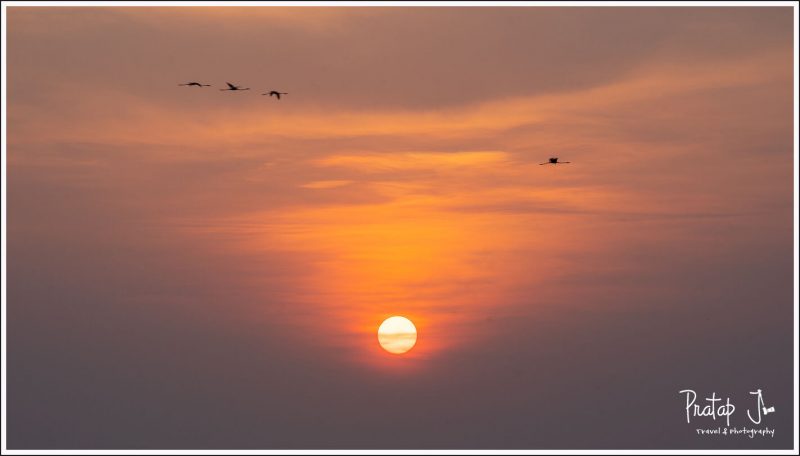
One can easily spend up to 2-3 days at Khadir Bet to experience the place. Our journey can be described as exploratory. We visited in the off-season, and had the entire island to ourselves. Traveling in September also gave us the unique opportunity to visit the annual fair (mela) at the local temple. Hundreds of pilgrims from far and wide had gathered for the mela. It was a colourful affair, with a lot of dancing, games, and shopping 🙂 My observation is that the Kutch culture and traditions are well preserved by the locals.
The soil in Khadir Bet is not suitable for growing vegetables, because the groundwater is salty. So, the locals grow organic jowar, bajra and other such crops. We witnessed large acres of such fields on our journey.
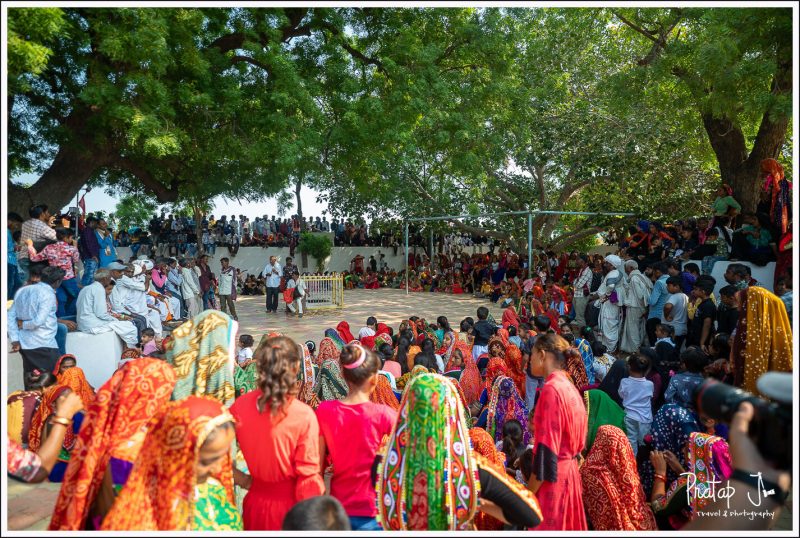
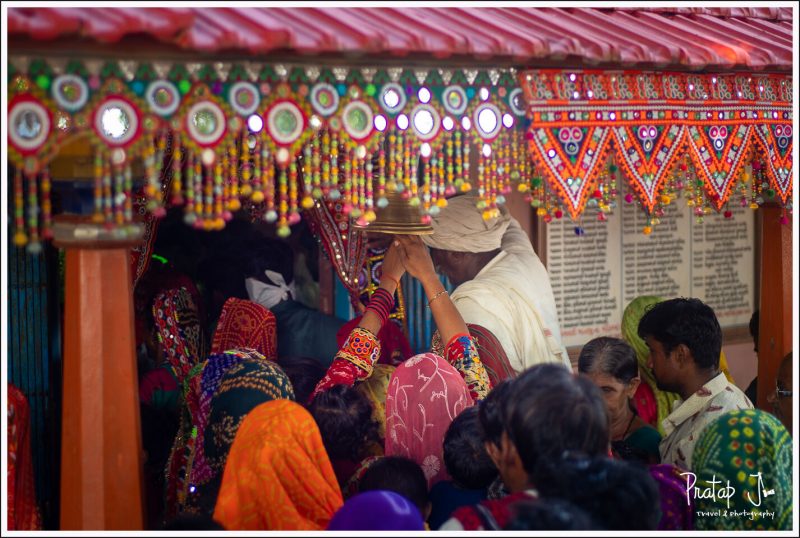
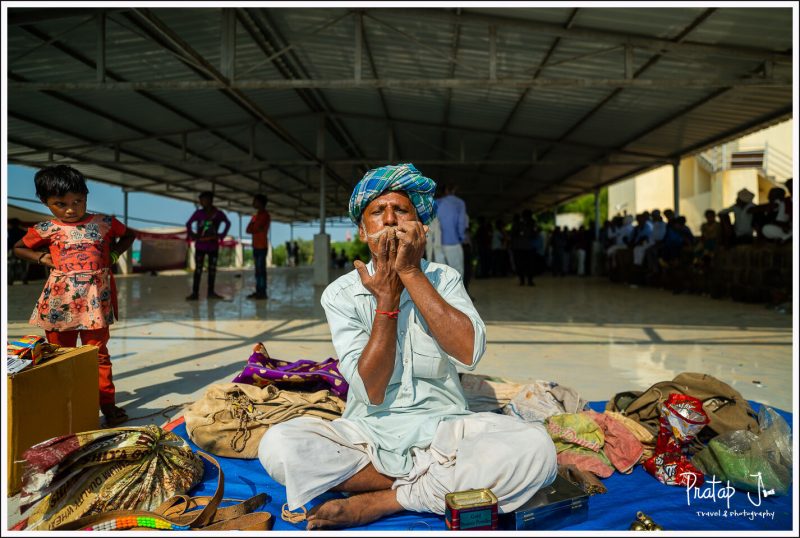

Conclusion
In the past year, I have visited some very beautiful places, with Khadir Bet being one of them. I visited Kashmir in Oct ’21, Ladakh in Dec ’21, Andaman in April ’22, and I moved to Udupi after that. Of all these places, Khadir Bet was the most unique because we felt connected to the local culture. In this remote place, which doesn’t even have a fuel station, the hospitality of real India is alive. The land is unpolluted, and untouched by tourism. Our host Max genuinely cared for us, but at the same time ensured that we have the freedom to do what we wanted. When our car (his car, actually) got stuck on the way back from Chippar Point, he ensured that we got help. His uncle came over and rescued the car by pulling it out of the slush with a tractor. The man did not expect any money from us for it. He even called us home for a cup of chai, and introduced us to his family after rescuing us.
Welcoming guests home is a tradition in India. But it isn’t something that we city dwellers get to experience because it rarely happens in bigger towns. We lead busy lives, and are suspicious of strangers. But at Khadir Bet, we found the community living in harmony. The women of the Ahir family all helped in the kitchen. Max’s brother, Mukesh, runs a store, from where we helped ourselves with eatables and fresh soda from the vending machine. They never put a price on their hospitality, and ensured that we were comfortable and well fed. These small things made us feel at home, and enriched our experience of the Rann of Kutch.
And then, there is the Harappan Civilization. I went down a rabbit hole, reading about what we know about our ancestors, after coming home. If you are interested in reading more about the Harappan Civilisation, here are a few resources which I found useful:
- Amazing Dholavira; Part I, II and III
- A possible astronomical observatory at Dholavira
- The Harappan pot of Gold
- Was the eastern reservoir in Dholavira, actually a great bath, like the one in Mohenjo Daro?
- Indus Valley Civilization | EP-01 | Mohenjodaro Museum | World’s Oldest Cities – YouTube Video
- EP-02 | Ruins of Mohenjodaro | Indus Valley Civilization | ؔؔؔComplete history – YouTube Video
- Indus civilization on Britannica.
